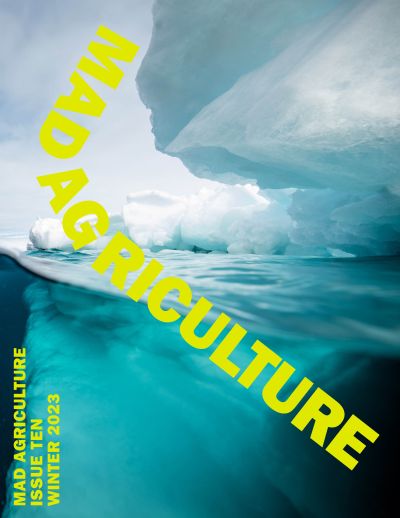
The Mad Agriculture Journal
Season Zero, Take Two
Published on
January 29, 2024
Written by
Laura Parker
Phil Taylor
Photos by
Jane Cavagnero
Like two old farm friends hanging out over a beer, Laura Parker, owner of High Desert Seed and Gardens, and Phil Taylor, Mad Agriculture’s Executive Director, sat down to shoot the breeze the new old-fashioned way – video conferencing. In western Colorado, High Desert Seed recently moved from Montrose, Colorado, at the base of the San Juan Mountains to Paonia, Colorado, near the North Fork of the Gunnison River. Laura produces small grain, flower, fruit, and vegetable seeds for gardeners and other farmers, specializing in growing seeds adapted to arid climates.
Laura and Phil talked about Colorado agriculture, what it’s like to move a farm, and how Laura’s seed production is creating climate solutions in uncertain times. With change as the only constant in farming, and dare we say life, Laura is holding steady.
Phil: It’s great to catch up, Laura. It’s been a while since we met at the Rocky Mountain Farmers Union Convention a few years back.
Laura: Yeah it is great to reconnect since we were on the panel together about innovators in agriculture.
Phil: I remember my impression as I walked into the convention and I was looking for people who had a spirit somewhat in the vein of myself, and I immediately met you. I remember looking around and feeling like a fish out of water. That was when I was just getting Mad Ag off the ground. You and I were talking about entrepreneurial startups as they relate to agricultural systems and comparing our visions of trying to change it. I remember the conversation being generative and fun and full.
Laura: I felt the same way. I was pretty fresh too. I think I was maybe three years into starting my seed company. Crazy to think I’m almost a decade in now! As I recall you and I pretty quickly started talking about Kernza®.
Phil: Are you still playing with Kernza? (Kernza® grain is harvested from intermediate wheatgrass (Thinopyrum intermedium). Kernza® grain is a perennial substitute for annual wheat in foods like baked goods and beer or can be used as a whole grain like barley or rice.)
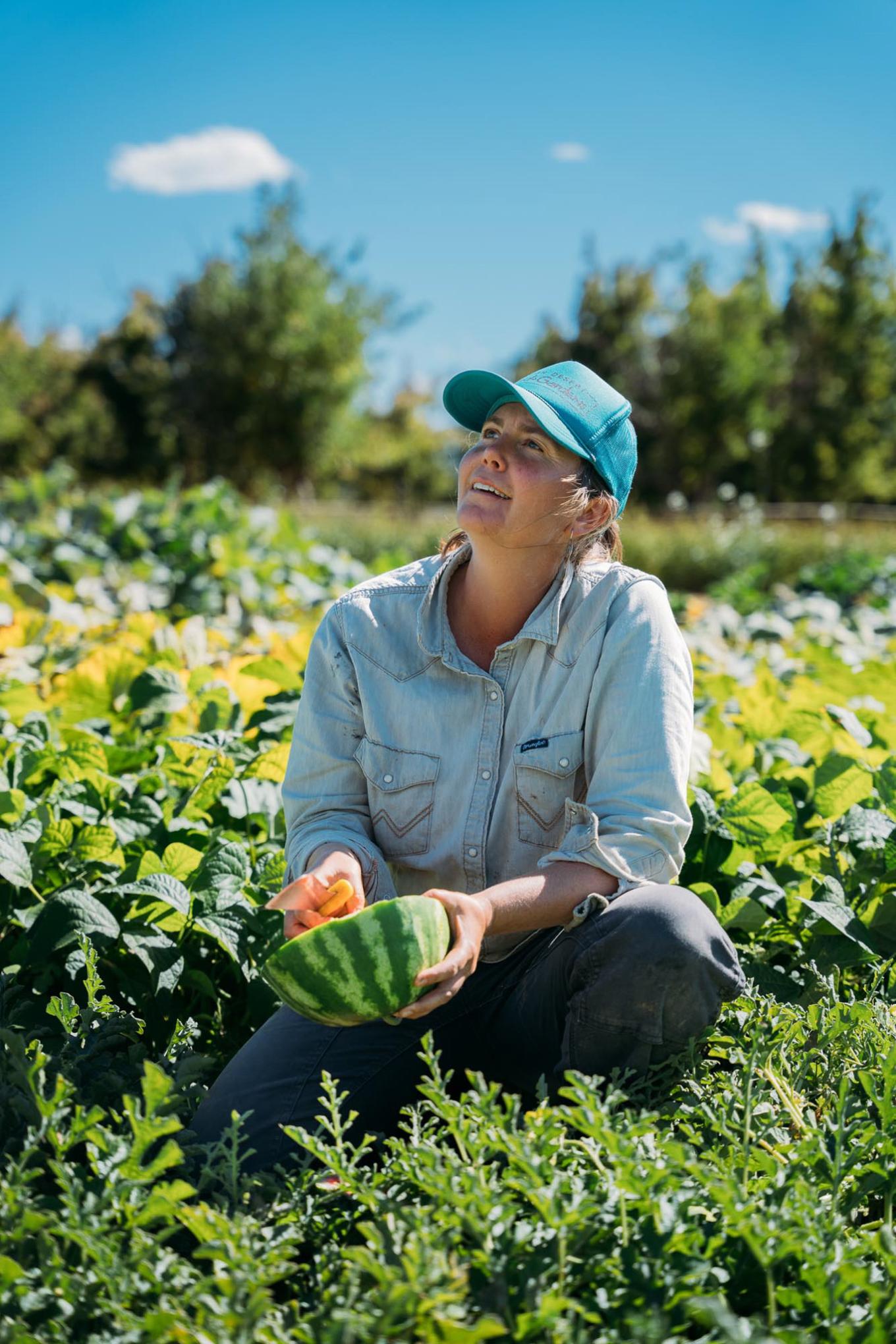
Laura: I am – from the seeds that you inspired me to start working with, I have been saving seed. I just had a tiny bit to start, so we’ve been saving it up and I’m actually going to implement some diversified perennial grain sections within my new farm system. Because I noticed how suppressive and how competitive it is, I plan on integrating it as a perennial border to my annuals. I’ll still harvest the grain but it will add to the “food forest” surrounding the farm. That’s what I’m most excited about using it for and I’ve cooked with it a little bit. Mostly as a whole grain.
Phil: That’s amazing to hear. I’m realizing that I don’t know how you got into agriculture.
Laura: I started out in ag from the get-go on my family ranch. My family was on the bleeding edge of agriculture as early adopters of Holistic Management, raising grass finished beef. We always kept our neighbors scratching their heads with our adaptive grazing practices and the fact that my Dad almost daily called 500 head of cattle to move them onto fresh pasture. Before that, my family came from West Virginia which is a big part of my storyline. My mom moved to the ranch in Colorado from a farm in West Virginia and was trying to grow a garden at 7,000 feet, so she had a big learning curve. That set a foundation for me in terms of realizing that different varieties, say of peppers, do better in this climate and that we have really different conditions here than where a lot of seeds are generally grown.
I started saving sunflower seeds in my moms garden and noticed how the colors were shifting over time. Simultaneously, I was involved in monitoring rangeland diversity on the ranch. So many photos of me as a little kid holding up cow patties.My dad was super excited about all the dung beetle activity. In college, I became aware of the local food movement and got into activism. I brought in speakers; Vandana Shiva being one of them. She was really elemental for me in understanding a more global picture of what’s happening with our seed resources. While farming in college and at Vandana’s farm in India, I fell in love with the beauty of seeing a plant go fully to fruition, while simultaneously becoming aware of their critical importance of seed to our culture and livelihoods. I also began to understand the tremendous loss of seed diversity and knowledge to save seed.
Phil: I’m curious if you have a seed story from that time that reaffirmed your commitment to seed saving and the work you’re doing. Is there a certain plant that resonated or spoke to you?
Laura: Seed farms are magical places in the fall. Someone once said to me that seed farms are the most beautiful and ugly farms they have ever seen. It gets a bit wild when a diversity of plants go to fruition and sometimes transform completely, like a beet goes from a small root to a huge four to five foot tall rangy mass of stems.
A powerful story for me is the Delicata squash. At one point it was grown by one farm that supplied it. That seed was crossed with a gourd and became inedible. This wiped out the seed supply for most companies. It was only through the efforts of small seed savers that the Delicata was preserved and the seed supply was recovered. This story illuminates the importance of needing a diverse seed system with many growers and companies providing seed. One outcome of this story was that some smaller seed companies and savers breed their own lines of Delicata including the Honeyboat variety, our favorite.
One season in Pueblo at the first seed farm I worked at, we had broken down seed equipment that was a field thresher that could no longer drive in the field so we used it in place. We would throw all these zucchini in, and they’re huge at that point. When they are ripe for seed they turn the color of pumpkins, have a hard skin and are as long as baseball bats. We had a mountain of them. Then when it came time to clean the seed we were just hawking them in this thing and busting them up. It was such a mess but a really satisfying process.
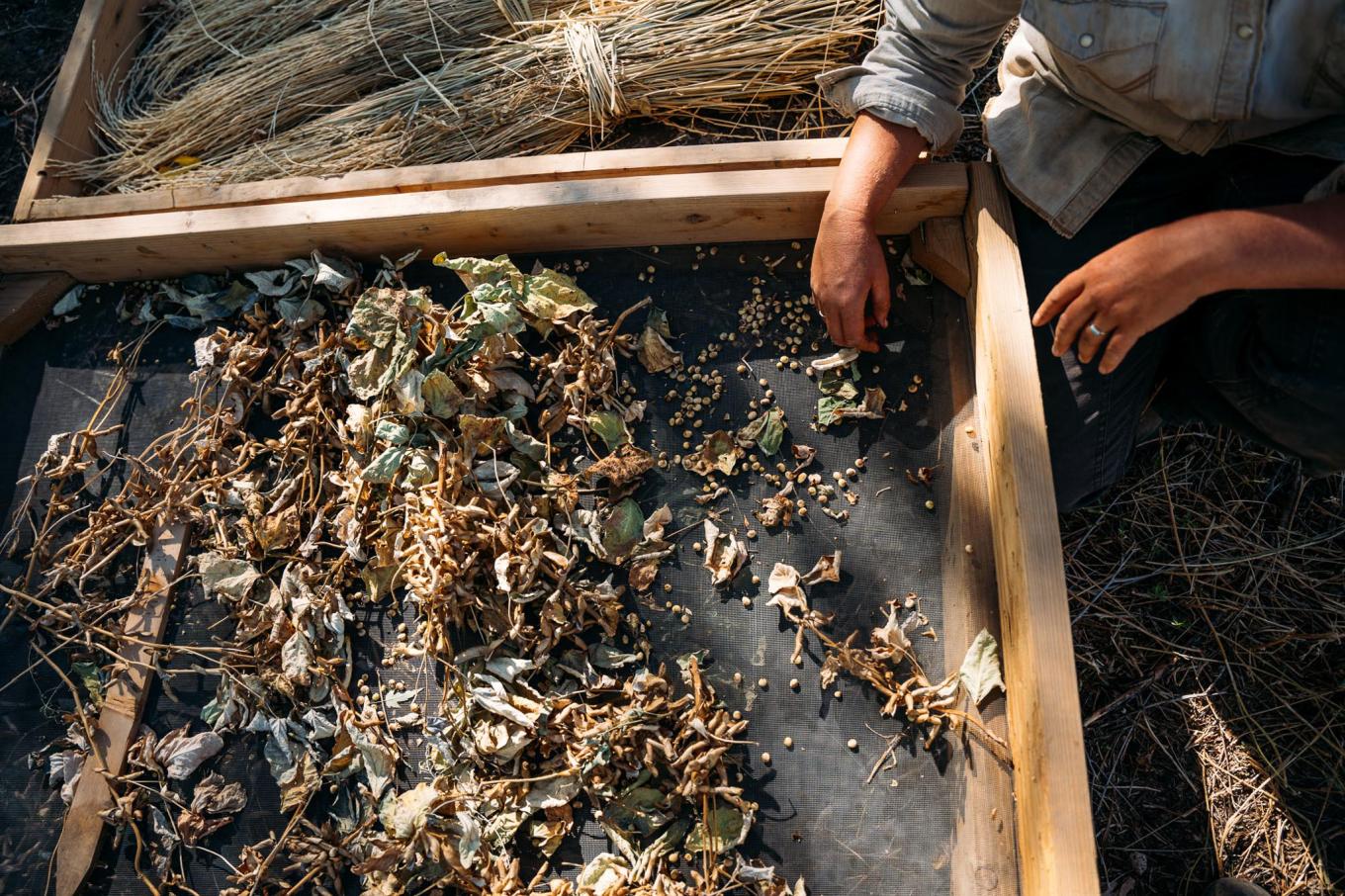
Phil: It sounds crazy - like you’re throwing pumpkins into a wood chipper or something. I’ve actually been harvesting a bunch of seeds from around our house, just native seeds as they start to mature. We moved to the mountains a couple years ago, and it has given me just a profound sense of the amount of work and patience it takes to collect perennial seeds. And I’ve had zero success in propagating these perennials. It’s not like planting basil. It’s a completely different art and craft that takes patience, diligence, and attention.
The vulnerability of a baby perennial is just so different from something that a little bit of water can just pop the thing right back up and get going. That’s been my recent experience with seed saving and trying to propagate them – it’s been so entirely difficult.
Laura: Yeah. We’re getting into growing natives and they’re built for their niche. They usually have really specific stratification needs or timing needs to get going. It’s challenging to explain to my customers how to propagate them because they are pretty finicky.
Phil: I wanted to hear about this move that you made. Moving a farm to me is so wild. What was it like to pick up and move from Montrose to Paonia? How are these ecosystems different and what has that learning curve been like for you?
Laura: Yeah it’s crazy. Whew! I would say I’m very much still transitioning, a year in. It’s a big process and it’s kind of like starting all over again. I’ve been calling this season, Season Zero, take two. We are having to reset a lot of the infrastructure we once had but now I am much more clear about what we really need to make the farm function than when I originally started out. This year we have deer fencing going in, a greenhouse, and next will be moving the walk-in cooler. We are doing a lot of “winging it” and, ya know, “making it work” to pull off the season this year. I will sure be happy when we are back to having more systems in place.
Our new farm is about 600 feet lower in elevation. That may not sound like that much, but it actually is for the work I’m doing. It gives me a longer season on the shoulders. With what I’ve been doing with running a production farm and a seed farm, it’s going to give me a much better quality of life, just having a little more time in the season. The seed crops take a long time to mature. Now there’s going to be a little bit more breathing room.
But it’s still a mountain high desert climate. That means we still have similar intense sun, wind, and cool nights. There is also an unpredictable frost in the spring and the fall. Generally, we go from winter to summer. It’s a really quick transition and that can be really challenging for seed production. Navigating those extreme climatic pressures are really important to be selecting for with my seed work.
Phil: How are you going about your selection? Are you looking at certain traits or are you just eyeballing plant vigor and health? Or are you taking the entire lot when you have small seeds and putting it back in the ground? What’s your selection process?
Laura: It really depends crop to crop. We are really intentional with our selecting pressure so that we are selecting our crops to thrive in our climate.
A lettuce crop for instance, we might be doing selection at the seedling stage and at harvest maturity. In the greenhouse we select for seedling vigor by selecting for the seeds that burst out of the soil first thing. It’s very detailed, so we try, we do our best. We don’t always pull this one off as well as I’d like just because it’s crazy in the greenhouse. Then anything else slower to germinate, we select against. Seedling vigor is actually a really important selectable trait in lettuce, especially for our dry climate and our heavy clay soils.
Again with lettuce, we also select for bolt resistance. This is generally because we go from winter to summer so quickly. There are definitely lettuce varieties that do not thrive in Colorado, that just instantly bolt, so we always select against early bolting. We are selecting for heat tolerance by doing that.
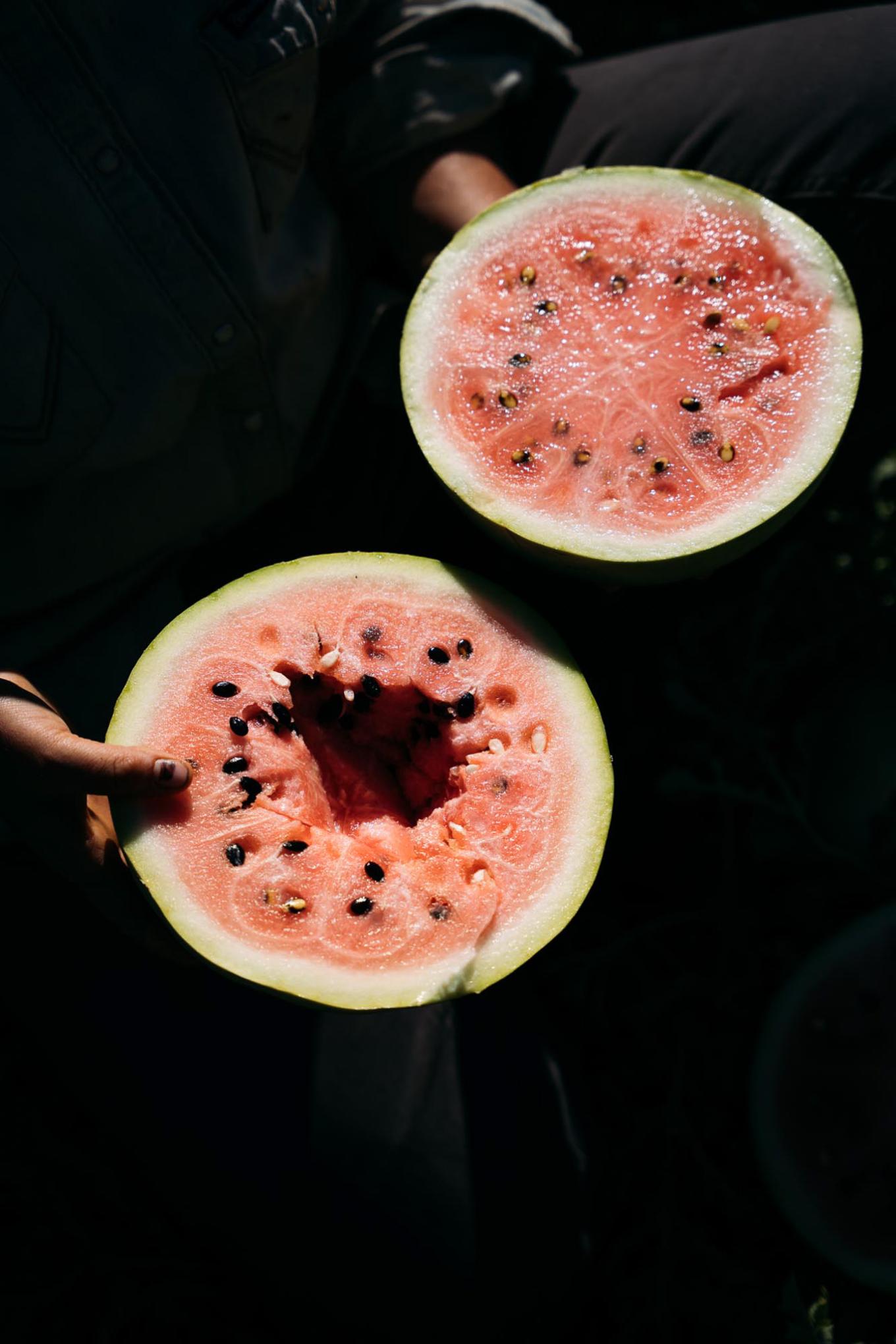
Phil: Every plant has a different matrix for making that decision so it sounds like you’re balancing so many factors.
Laura: Exactly. Quinoa has been another project of ours. At first, we grew as many varieties of quinoa as we could get our hands on, to create a population. We bulked the seed each year, selecting against any undesirable traits like lodging. After doing bulk selection for 10 years, now we have made a plant selection. This plant had a huge grain size and really great heat tolerance. Quinoa is very sensitive to high temperatures. If it gets too hot when it’s blooming, it’ll abort its seeds, not making any seed. Which is honestly something I feel like with climate change isn’t talked about enough. It’s the question of how heat is going to affect seed production.
Phil: I’m curious generally, in the face of climate change, what’s your overall picture of the importance of seeds in that effort?
Laura: I think seeds are essential to facing climate change. They hold the memories of seasons past and protection for future seasons.
The loss of diversity in our food crops and the fact that we grow most of our nation’s seed crop in Eden-like temperate climates here and in other countries, has put us at risk. Weather patterns now are a little haywire even in the “Eden like” areas, so we need seeds that can thrive in harsher conditions. I’ve always felt that being in a marginal seed growing climate and selecting for these conditions is important to facing the erratic swings that we’re already seeing as part of climate change. We need to maintain a diversity of crops with various traits and have a diversity of growers.
We are working to trial and select many crops for drought tolerance. We are really excited about Tepary beans, for instance. They are so incredibly drought tolerant. We have grown these with just two irrigations in a growing season.
Phil: That’s incredible. Are you finding other varieties that are resilient like tepary beans? What are you seeing as for drought tolerance across the wide spectrum of plants?
Laura: Yeah, there are, and we’re trying to find those ones. It’s been a focus of ours. So this season we have a whole low-irrigation section of our farm. It includes tepary beans, sorghum, teff, sesame, and tomatoes. Most of the tomato varieties were from a friend of mine in California, Steve Peters, who has been breeding them under dry farm conditions.
We’ve grown drought tolerant tomatoes the last couple of years and we’ve had some really cool results. The first season, we had absolutely no blossom end rot and we only irrigated them twice. The rains we had last season helped but for our climate that’s amazing.
We also did some interesting things last season, tarping cover crop and then planting tomatoes directly into the mulch. And then this season for our drought trial we watered on a 30 to 15 day cycle. We’ve seen some really cool results.
Phil: What are the challenges that farmers face around water law or politics? Where are those open wounds that you find in the region that need some tending, whether they relate to your business or not?
Laura: I think water’s always been an issue in the West but higher demand coupled with drought and old state-to-state compacts have pushed us to a critical moment. One of the main issues in our region seems to be aging infrastructure. For instance, the Paonia reservoir is about 30 years outside of its engineered life span. It’s really lost capacity and is filling up with sludge. These systems are critical to agriculture in the area as we depend on them for irrigation. The biggest tension right now in this valley is with fracking for oil coming into the area. Many farmers here are concerned about the potential contamination of our water. Because this is such an agricultural valley that would be really harmful to us.
Phil: Can you talk about your process to access water where you are in Paonia and how it compares to when you were in Montrose? If you could paint a picture for how you get water allocated or what your allotments are like. Is there tension between different landholders, whether it’s for fracking, which I know is really water intensive or the small farmers compared to the big farmers? What’s your water situation now?
Laura: My water situation in both Montrose and Paonia are pretty similar in that I have priority water. Back in Montrose we would get called out by what we call Project Water which is basically the water that was a government project for the Ridgway Reservoir put in in the seventies.They would turn our water down or off in dry years. Over here in Paonia, we are on the Stewart Mesa ditch that was adjudicated in 1896. So it’s right up there with some of the highest priority in the area.
The biggest challenge up here is that a lot of the infrastructure of the reservoirs is already several decades past the date they were designed to last.
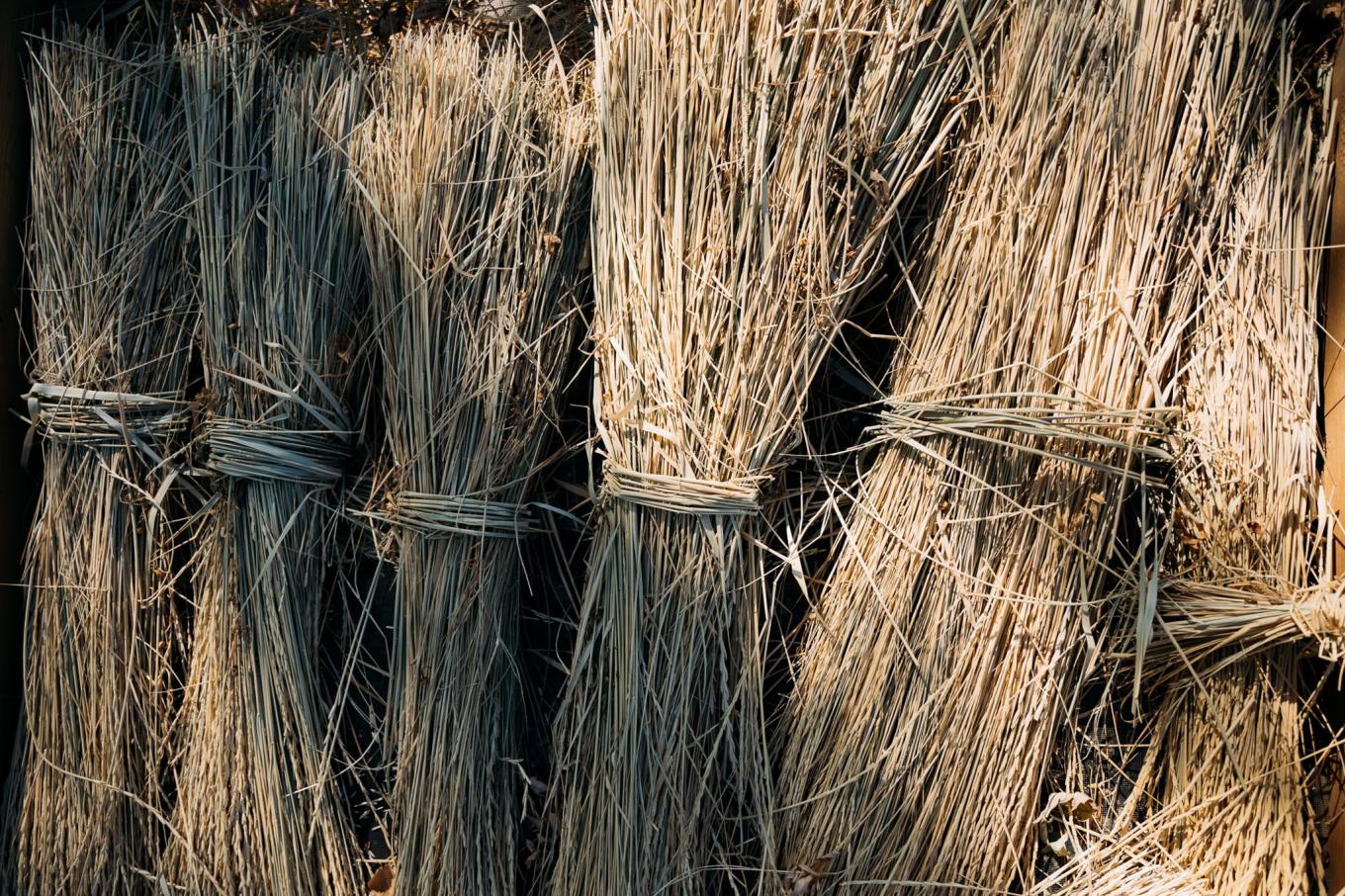
Phil: Yeah, it’s crazy. When you drive from Marble over to Paonia you come through these old coal mines and you hit the Paonia Reservoir right before the flats. It has an apocalyptic feel to it. You could tell that the infrastructure is all overturning.
There’s a part of that Route 133 that just always has me into deep historical reflection and the existential questions of like “Should we be living here? How do we live here? What does the right relationship look like?” Because you can tell that we’re fairly new. We’ve colonized this place fairly recently, and so what’s that right relationship to place and how do we go about it?
Do you look to Indigenous wisdom in the way that you are running the seed operation from ethic to practice, and that vein of wisdom, how that shows up in your business and life?
Laura: That is a very big question. I’ve been really struggling with that recently and coming into deeper relationship with that question on how to ethically handle Indigenous seeds and really learning to listen more.
There are varieties that we have come into relationship with that we’ve been asked not to sell and we don’t. We just gift them in keeping with the indigenous gifting culture. There are also varieties that I’ve chosen not to sell if I’m concerned they might be used in ceremony.
I believe seeds are kind of like water. They’re part of the “commons,” a gift to humanity. It’s part of the reason I often say that I would be fine if I went out of business – I’d rather have people saving seed. These are actually Rowan White’s words, but I see myself as a midwife of the seeds for future generations.
Phil: Thank you for those reflections. It’s a question I’ve been living with too, and I find that I have fewer answers than I would desire. It’s an area that keeps me up at night.
Laura: There’s a lot to be learned by the ethos that many Indigenous cultures have of truly seeing seeds as relatives. That reverence for seed is what we all need to have, in my opinion, because it’s so important that seed is really just part of everything. It all starts with seed.
Phil: So beautiful. I know that you’ve started to mentor other farmers, and I’m wondering how you’re feeling about this leadership and position that you’re in now to be a teacher. I know at the beginning of this conversation you said you still feel like you’re starting, but how does that all land for you inside?
Laura: It’s really exciting to be bringing in farmers and awakening them to the power of seeds. I think it really creates a different relationship when they’re involved in the saving of the seeds.
I just had to run up to another farm the other day to bring screens to a farmer who was neck deep in fermenting tomatoes for tomato seed extraction. It was their first time and they were just like, “Oh my gosh, we never pick fruits like this. It was so weird for me to pick these full ripe and almost over ripe. Seeing the whole process through was really cool.” To see their excitement about it was pretty awesome because they’re really badass, really solid production growers. But I’m not sure they’ve looked at seeds quite like they are now.
I’ve gotten to do a lot of education and been invited to teach seed saving with a lot of different groups of people, and it’s a really exciting part of what I get to do.
That’s another learning curve for me though, is actually really becoming a teacher for farmers and helping them to make it a really solid part of their enterprises and their businesses. That mentoring part is something I’m really growing into and realizing that seed saving is both an art and science that takes time to learn.
Phil: I’m always fascinated by how we create experiences in which people awaken to new things. How do you awaken to making seed saving customary or normal or ritualistic?
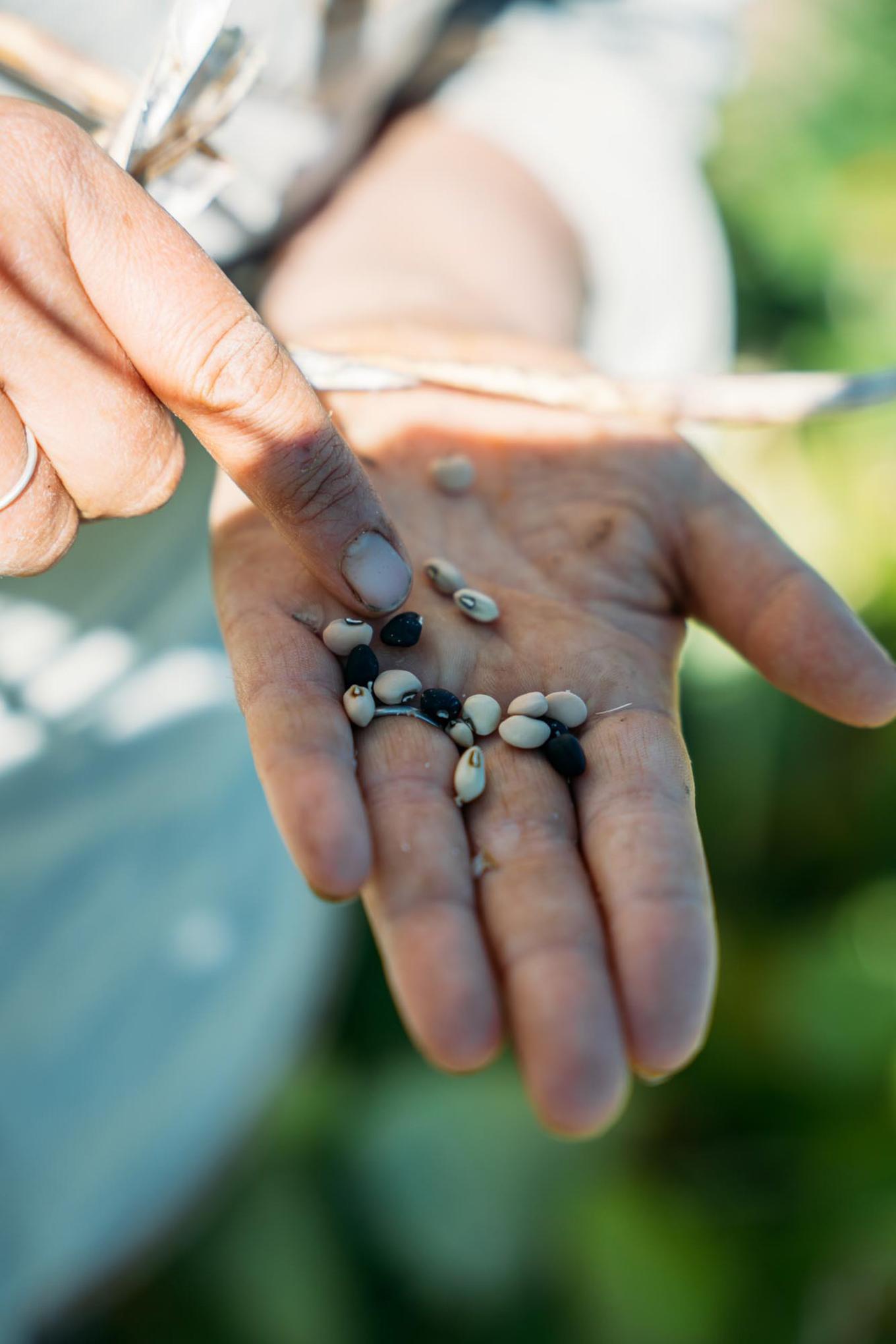
Laura: That’s a good question. One thing I do want to say, it’s not quite in line with that framing, but there’s a lot of opportunity for people to grow seed, and we don’t have very many seed growers in this country. Every seed company that I know of, big or small, is having trouble finding seed growers. And the majority of the seed that is available comes from outside of this country. They come from international seed houses.That’s something that I don’t think people realize about seed and seed companies. There’s a shortage of seed growers so in a business sense, there’s a lot of opportunity here.
Phil: It’s sort of like how do you stack enterprises as a farmer? I’m going to get a call from a couple farmers because it’s going to be tomato sauce time, and it’s like all those tomatoes which they’re selling like a dollar a box, you could be turning into seeds.
Laura: Exactly, you get a lot of seed out of a tomato.
Phil: So what are some things that you are just so excited about with your new place as you look ahead?
Laura: One thing moving a farm, it’s definitely opened me up to new excitement and perspective, just being in a new place. At first I was like, “Am I going to be able to grow anything not within my exact same context?” But this season has been really beautiful. The farm looks really magical.
The other exciting thing is that this place is an old homestead with 100-year-old trees and it’s got all these heirloom fruit trees. So I’ve been working perennials into the margins of the farm because as you know I’m doing mostly annual plants for seed. There’s already some established little border areas and I’m really excited to make perennial hedges and explore native edible plants. Being on a property that is this old and established has really brought into focus how much we change and impact a landscape over time as well as the responsibility I have in the changes I am making.
